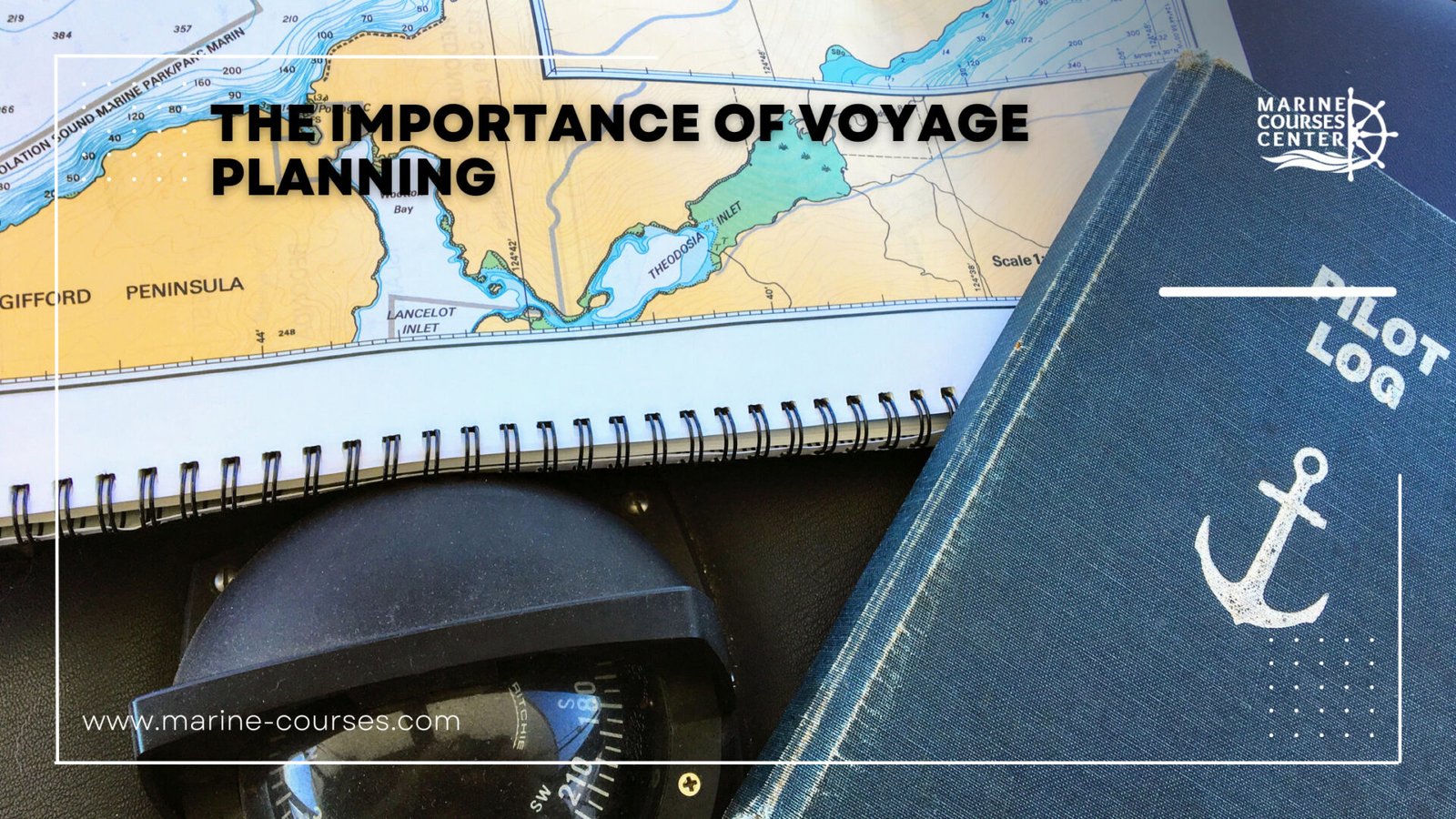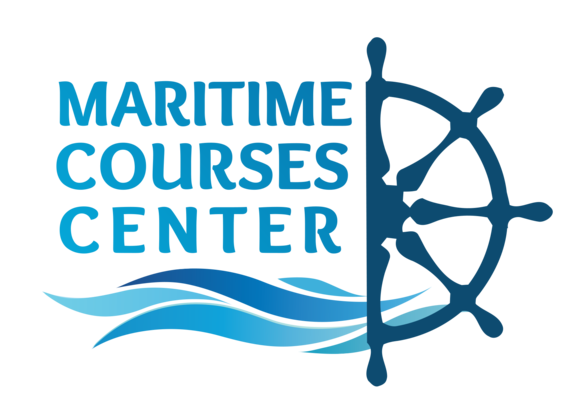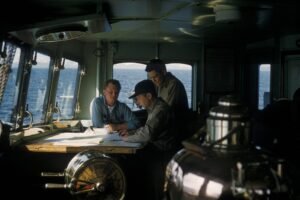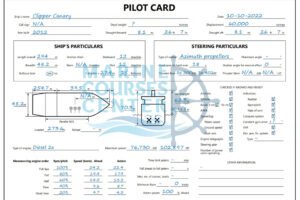The Importance of Voyage Planning


Table of Contents
The Importance of Voyage Planning
Voyage planning is an integral part of navigation that every ship officer, particularly a deck officer, should be well-versed in. In the modern shipping industry, port state control, vetting inspections, and other related inspectors are known to check the voyage plan of a vessel. Therefore, it is essential to understand the importance of voyage planning and what it entails.
What is Voyage Planning?
Voyage planning is the process of designing a safe and efficient voyage plan that ensures the safe navigation of a vessel from its origin to its destination port. It involves identifying the intended routes, calculating courses and distances, and determining the estimated time of arrival (ETA). It is a crucial task that requires attention to detail and precision.
The Importance of Voyage Planning
Voyage planning is important for the following reasons:
1. Safety
Safety is of utmost importance in the shipping industry. Voyage planning ensures the safety of the vessel, the crew, and the cargo. It enables the navigator to identify and mitigate potential hazards along the intended route, such as shallow waters, rocks, and other navigational hazards.
2. Compliance
Voyage planning ensures that the vessel complies with international regulations and standards. Inspectors, such as port state control, vetting inspectors, and other related inspectors, would check the vessel’s voyage plan to ensure that it meets the required standards.
3. Efficiency
Efficient voyage planning reduces the vessel’s operating costs and maximizes profits. It allows the navigator to choose the most cost-effective and time-efficient route, taking into account factors such as weather conditions, currents, and traffic.
4. Legal Protection
Voyage planning provides legal protection in case of accidents or incidents. It serves as evidence that the vessel was being navigated safely and in compliance with regulations and standards.
Steps in Voyage Planning
The following are the essential steps involved in voyage planning:
1. Gathering Information
The navigator must gather all necessary information before commencing the voyage planning process. This includes charts, publications, and instructions from the captain and other relevant parties. The destination port, distance-off coasts, reporting procedures, and restrictions during the voyage must also be taken into account.
2. Planning the Course
After gathering all the necessary information, the navigator will start planning the course, identifying waypoints, and calculating the courses and distances. If the voyage stages do not include crossing any ocean, “Mercator sailing” will be used. If the voyage stages include crossing an ocean, “Great Circle Sailing or Composite Sailing” will be used, subject to the captain’s approval.
3. Creating a Voyage Plan Checklist
A voyage plan checklist should be created to ensure that all necessary information has been accounted for, and all actions have been taken. The checklist should include items such as weather reports, chart corrections, and other relevant information.
4. Plotting the Voyage Plan
Once the voyage plan has been created, it should be plotted on the charts. The navigator should ensure that the intended route is clear of navigational hazards and that the vessel will not be in violation of any regulations or standards.
5. Reviewing and Updating the Voyage Plan
The voyage plan should be reviewed and updated regularly, taking into account changing weather conditions, traffic, and any other relevant factors.
Conclusion
Voyage planning is a critical process that ensures the safety, compliance, efficiency, and legal protection of vessels in the shipping industry. It involves gathering information, planning the course, creating a voyage plan checklist, plotting the voyage plan, and reviewing and updating the voyage plan regularly. It is an essential skill that every ship officer, particularly a deck officer, should possess.
FAQs:
- What is a Voyage Plan? A Voyage Plan is a detailed plan created by a navigator that outlines the intended route, navigational hazards, and other relevant information for a vessel’s voyage.
- Why is Voyage Planning important? Voyage Planning is important for the safe and efficient operation of a vessel, as well as for compliance with international regulations.
- What information should be included in a Voyage Plan? A Voyage Plan should include information on the intended route, navigational hazards, weather and sea conditions, cargo being carried, vessel’s draught, stability, and speed, and any other relevant information.
- Who is responsible for creating a Voyage Plan? The navigator, particularly the deck officer, is responsible for creating a Voyage Plan.
- How often should the Voyage Plan be updated during the voyage? The Voyage Plan should be regularly updated during the voyage to reflect any changes in the conditions or in the vessel’s progress.



